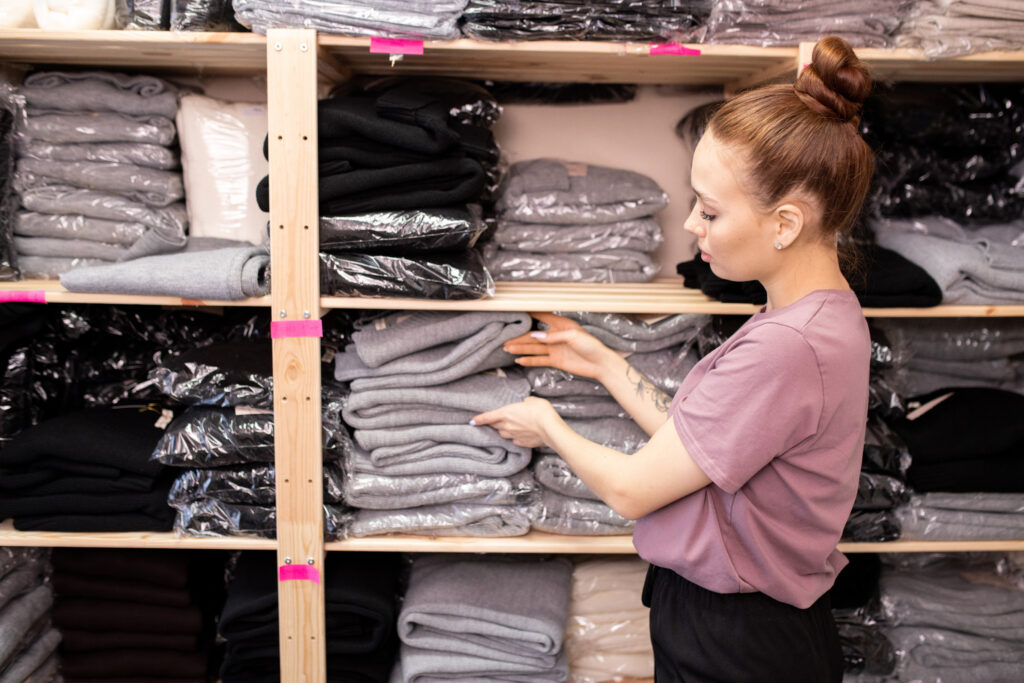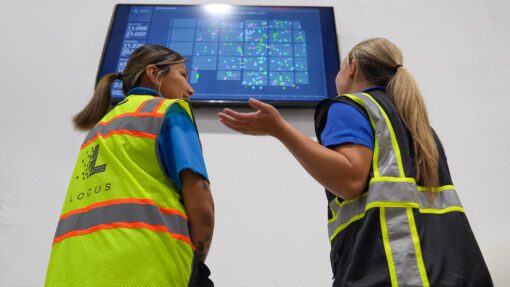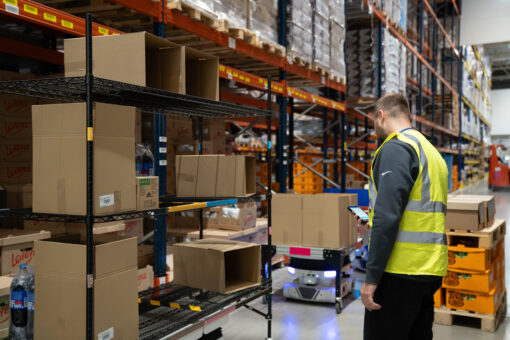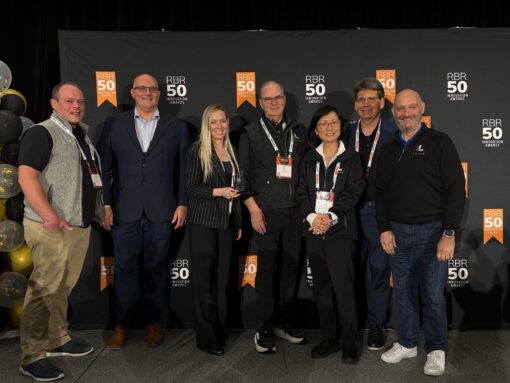WP: How to achieve 400 UPH with Locus Fast Pick
WP: How to achieve 400 UPH with Locus Fast Pick Download Now!
Luxury Fashion and the Need for Flexible Warehouse Automation
Melissa Valentine, Vice President, Sales (North America)

Luxury fashion has long been defined by exclusivity, craftsmanship, and high-touch customer experiences. But behind the glamour, a pressing challenge looms of how to maintain profitability in an increasingly volatile market. As warehousing costs rise and consumer spending tightens, luxury brands need to rethink their fulfillment strategies. The answer lies in automation and smart luxury fashion companies choose flexible warehouse automation that adapts as quickly as the market shifts.
The industry’s shifting dynamics are reflected in recent reports from Bain and McKinsey. Bain notes a modest 2% dip in the luxury goods market last year, while McKinsey projects continued growth for the broader fashion industry, particularly among innovative and adaptable brands. These dynamics are prompting luxury companies to evaluate new ways to enhance operational efficiency and customer satisfaction by optimizing inventory and reducing warehouse costs.
The Warehousing Challenge in Luxury Fashion
Warehousing costs surged by 10% in 2023 compared to the prior year, putting further pressure on margins. At the same time, luxury brands must balance premium service expectations with cost efficiency, meaning they cannot afford inefficiencies in their supply chains. Unlike mass-market retailers that operate at scale with predictable demand, luxury brands often deal with limited-edition collections, fluctuating demand, and a growing resale market, all of which require a more agile and adaptable approach to warehouse operations.
Why Flexible Warehouse Automation is the Answer
In an environment where every dollar counts, fixed warehouse automation solutions, such as traditional conveyor systems, lack the flexibility needed to adapt to shifting demand patterns. Instead, luxury brands are increasingly turning to flexible automation, powered by autonomous robots, to scale their operations efficiently and leading luxury and sportswear brands have already made the switch.
Here’s why flexible automation is the superior choice:
- Scalability Without Overhead: Unlike fixed automation, which requires costly infrastructure changes, AMRs allow brands to scale up or down as needed, adapting to seasonal shifts and new product launches without disrupting operations.
- Lower Warehousing Costs: With warehousing costs rising, automation must be an enabler of cost reduction. Flexible AMRs increase productivity without requiring extensive warehouse reconfiguration, allowing luxury brands to optimize labor costs and reduce inefficiencies.
- Faster Time to Market: In the fast-moving world of luxury fashion, brands need to fulfill orders quickly to meet consumer expectations. AMRs accelerate picking and packing processes, ensuring products reach customers faster.
- Adaptability for Resale and Omnichannel: With the rise of resale platforms and omnichannel fulfillment, luxury brands need to process a variety of order types seamlessly. Flexible automation supports these diverse workflows without major operational overhauls.
The Sportswear Boom: A Lesson in Agility
Luxury isn’t the only category embracing innovation. Sportswear and athleisure brands like Vuori, Alo Yoga, and New Balance are setting the pace with flexible automation strategies that support rapid growth. As these brands expand their reach, they’re proving that adaptability is a competitive advantage that luxury fashion can harness as well.
Supporting Value-Added Services with Flexibility
Luxury fulfillment often involves more than just picking and shipping from monogramming and tissue wrapping to product inspections, tagging, and packaging customization. These value-added services (VAS) are essential to delivering a premium unboxing experience. Warehouse automation solutions support these high-touch processes by enabling efficient handoffs to VAS stations and dynamically routing items based on order requirements. This allows warehouse teams to maintain the personalized touches luxury customers expect, without slowing down throughput or sacrificing accuracy.
The Future of Luxury Fashion Warehousing
As luxury fashion evolves, companies must make strategic decisions that drive efficiency and profitability. The shift toward flexible, scalable warehouse automation is a necessity as the brands that embrace agility in their fulfillment operations will be best positioned to operate efficiently while delivering the high touch experience their customers expect.
Luxury fashion is evolving, and so must its warehouses. Locus Robotics is ready to help brands stay ahead efficiently, flexibly, and profitably. Want to find out more? Let’s talk!
About the Author
Melissa brings over 20 years of experience working with global retailers and brands to Locus. Prior to joining the Locus Sales team in 2019, Melissa spent 5 years helping customers solve complex supply chain challenges, via enterprise software and consulting services at Blue Yonder (JDA) and o9 Solutions. Melissa has a tenured career delivering sales results in high-growth companies as well as extensive expertise in Omni-channel Retail and Supply Chain. She builds long-term consultative relationships with her customers and partners. Melissa holds a BA from Washington University in St. Louis, and a Master’s in Counseling from Tulane University.




